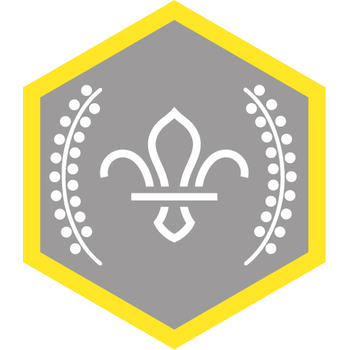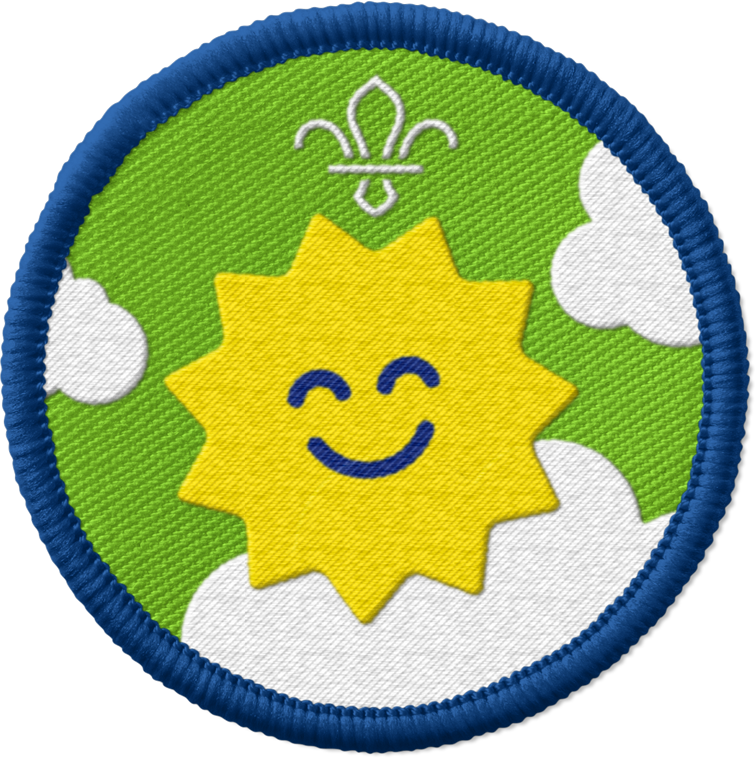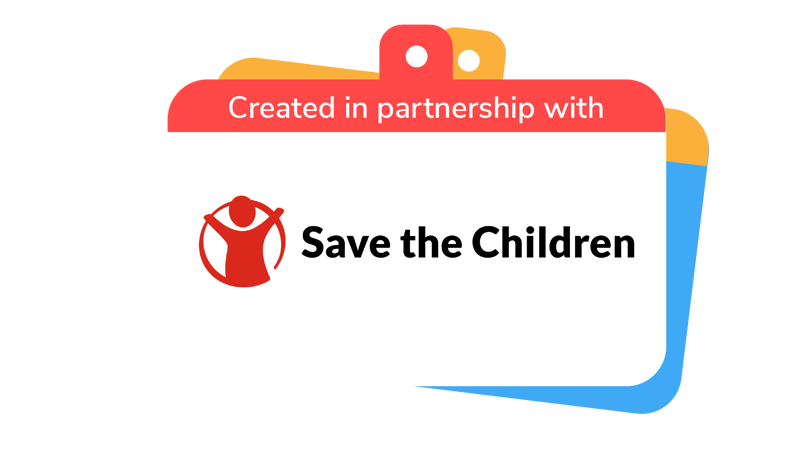
Safe spaces
You’ll need
- Scissors
- Craft materials (for example, tissue paper, pipe cleaners, stickers)
- Child Friendly Spaces sheet
- Newspapers and magazines
- Soft furnishings
- Toys
- Games
- Big sheets of paper
Before you begin
- It’s up to you how you combine these activities. You may be able to do all three in one session, or you could do ‘Think about safe things’ and ‘Design a safe space’ in one session, then ‘Build a child-friendly safe space’ the session after.
- Ask everyone to bring in items to make a child-friendly space, for example, blankets, happy pictures, and toys. No one should bring anything too precious and expensive – and make sure things are labelled with people’s names if needed.
- Write situations on the big sheets of paper, for example, doing a test at school, going on a train or plane, a power cut at home, going climbing, staying at a friend’s house overnight, riding a bike, changing schools, and so on. Think about the people taking part – if anyone has anything tricky going on in their lives, avoid example situations that might remind them of what they’re experiencing.
- Put the sheets of paper on the floor around the room. Make sure they’re spread out.
Think about safe things
- The person leading the game should give everyone a pen.
- Everyone should run around the room.
- When the person leading the game calls ‘stop’, everyone should run to the nearest piece of paper. They should read the situation, and draw (or write) something that would help them feel safe and happy if they were in the situation.
- Everyone should keep repeating steps two and three until the paper is full of lots of pictures (and words).
- Everyone should gather together. The person leading the game could bring all the sheets of paper so everyone can look at them together.
- Everyone should talk about the drawings – did people draw things, or did they draw people? Are any of the drawings surprising? Did people draw different things in different situations? Why?
- The person leading the activity should use the ‘Child-friendly spaces’ sheet to explain that when refugees and displaced children have to leave their homes because of conflict (when something dangerous happens so it isn’t safe to be there), they sometimes have to leave behind the things that make them happy.
- Everyone should think about why it’s important to have safe spaces (which are also called child-friendly spaces) for people to go to when they arrive in a new place. They should share their ideas. Why is it especially important for people who are living in a camp or temporary home? Why is it especially important for children and young people?
Design a safe space
- Everyone should cut out images from magazines and newspapers that they think would make them feel happy and safe.
- Everyone should use the images (as well as pens and any other arts and crafts supplies) to design their own safe spaces. They should think about the ideas they heard in the game; they may want to recreate them. They shouldn’t forget to think about people as well as things.
If anyone finds it tricky to get going, or gets stuck along the way, they could think about what people will do in the space, how the space can be welcoming for people from different backgrounds (or people who are disabled).
- The person leading the activity should explain that organisations like Save the Children set up safe spaces for children who need them. Everyone should think (and talk) about who else is responsible for making sure children feel safe when they have to leave their homes because of conflict. Some people might think about the children’s parents or other family members, other adults in their community, teachers, or the governments. Does everyone have a responsibility to help children feel safe and happy?
- Everyone should stick their safe spaces up in the meeting place so they can show visitors.
Build a child friendly safe space
- Everyone should choose an area of their meeting place to make into a child-friendly space.
- Everyone should work together to use soft furnishings, posters, and toys to build a space. They should think about including the things they included during ‘Design a safe space’. People should communicate with each other and make sure everyone’s ideas are heard.
- As they build their safe space, everyone should think about how to make it accessible for everyone. Some people may need space for a mobility aid, for example, others may want to be able to avoid certain textures or noises.
- Once the safe space is built, everyone should try it out. People could continue using it in the future, between activities or when they need a quiet break.
The future of the space will probably depend on how much you can store or reassemble and if people need to take things home with them.

This activity helps contribute towards some of the UN's Sustainable Development Goals. Find out more about the SDGs, and how Scouts across the world are getting involved.
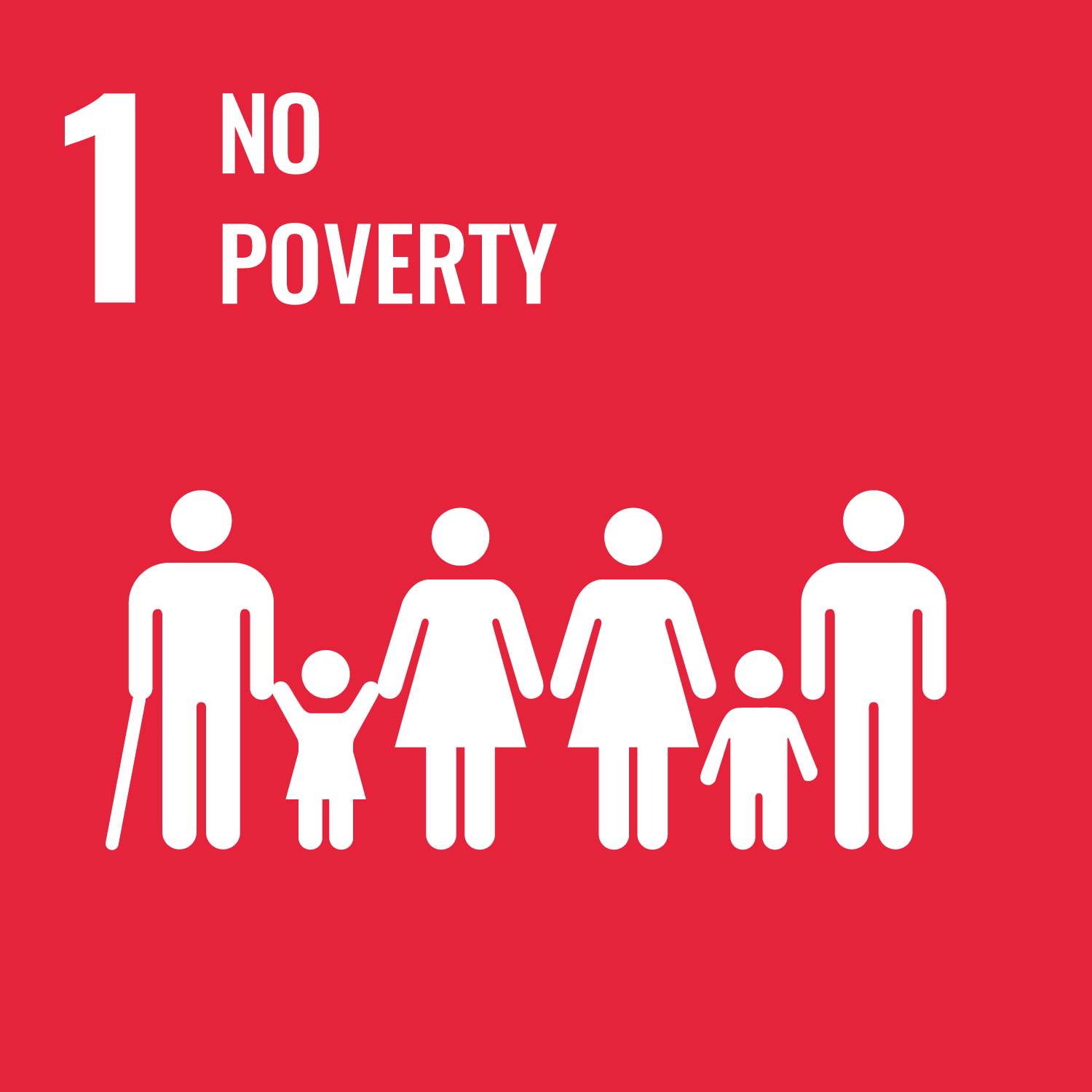
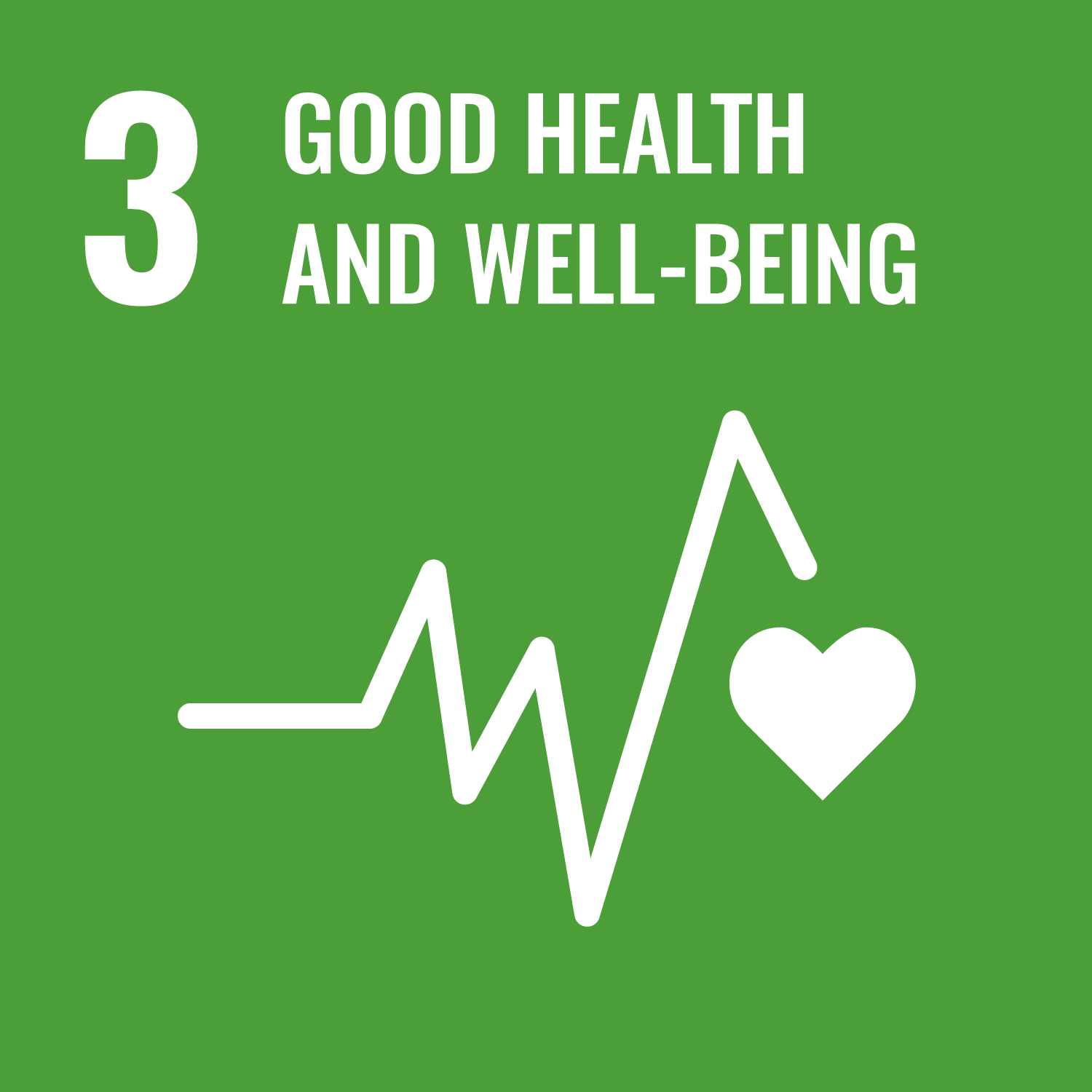

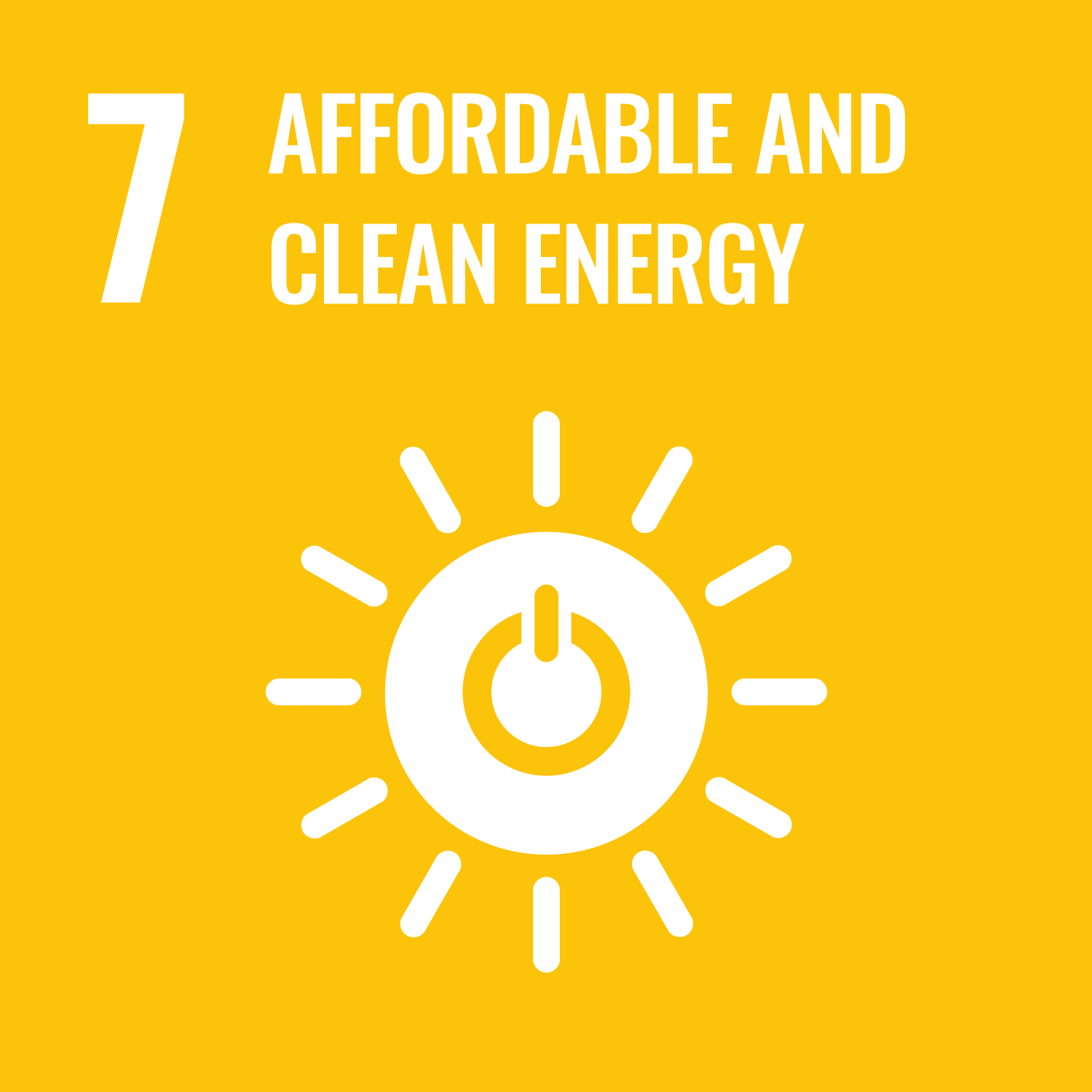

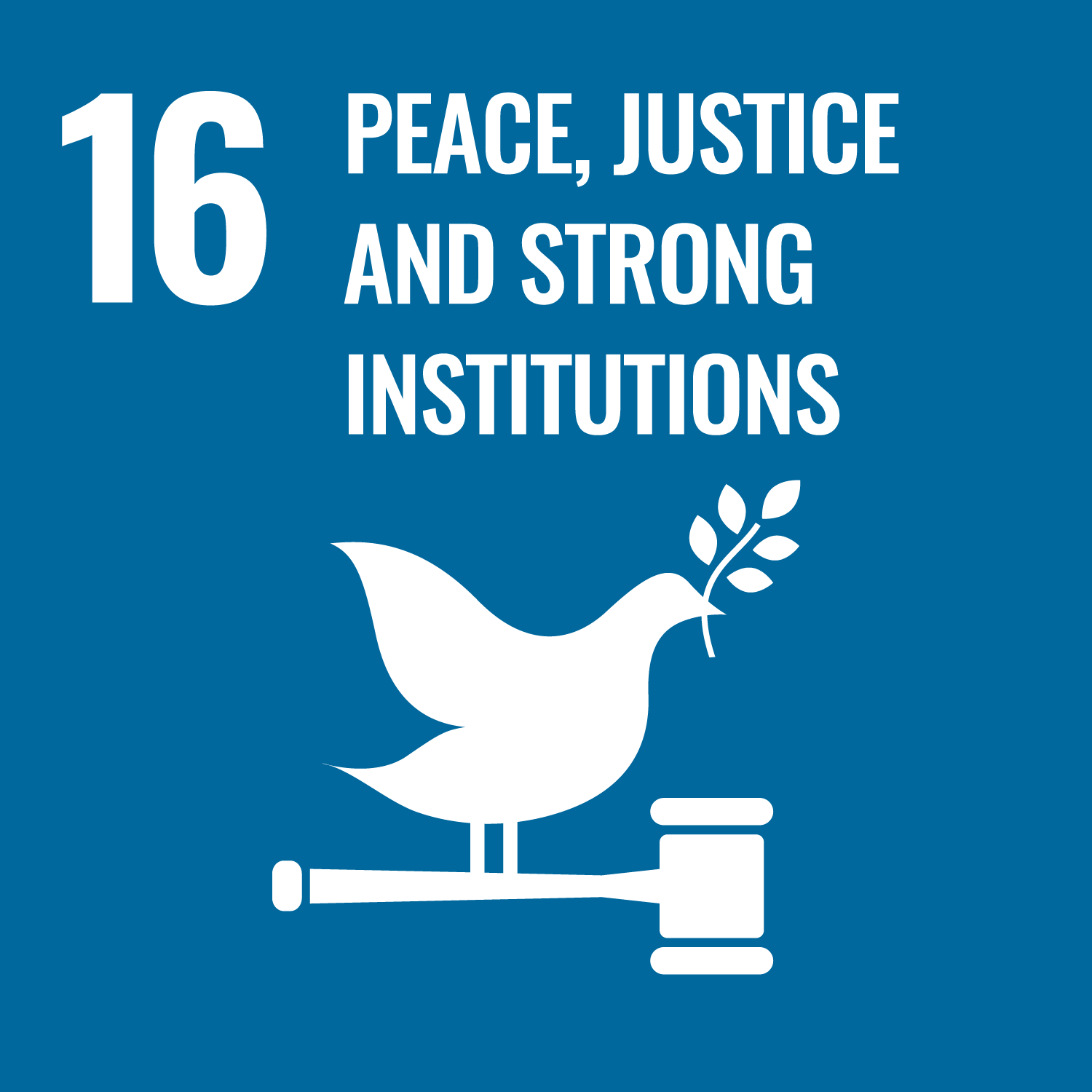
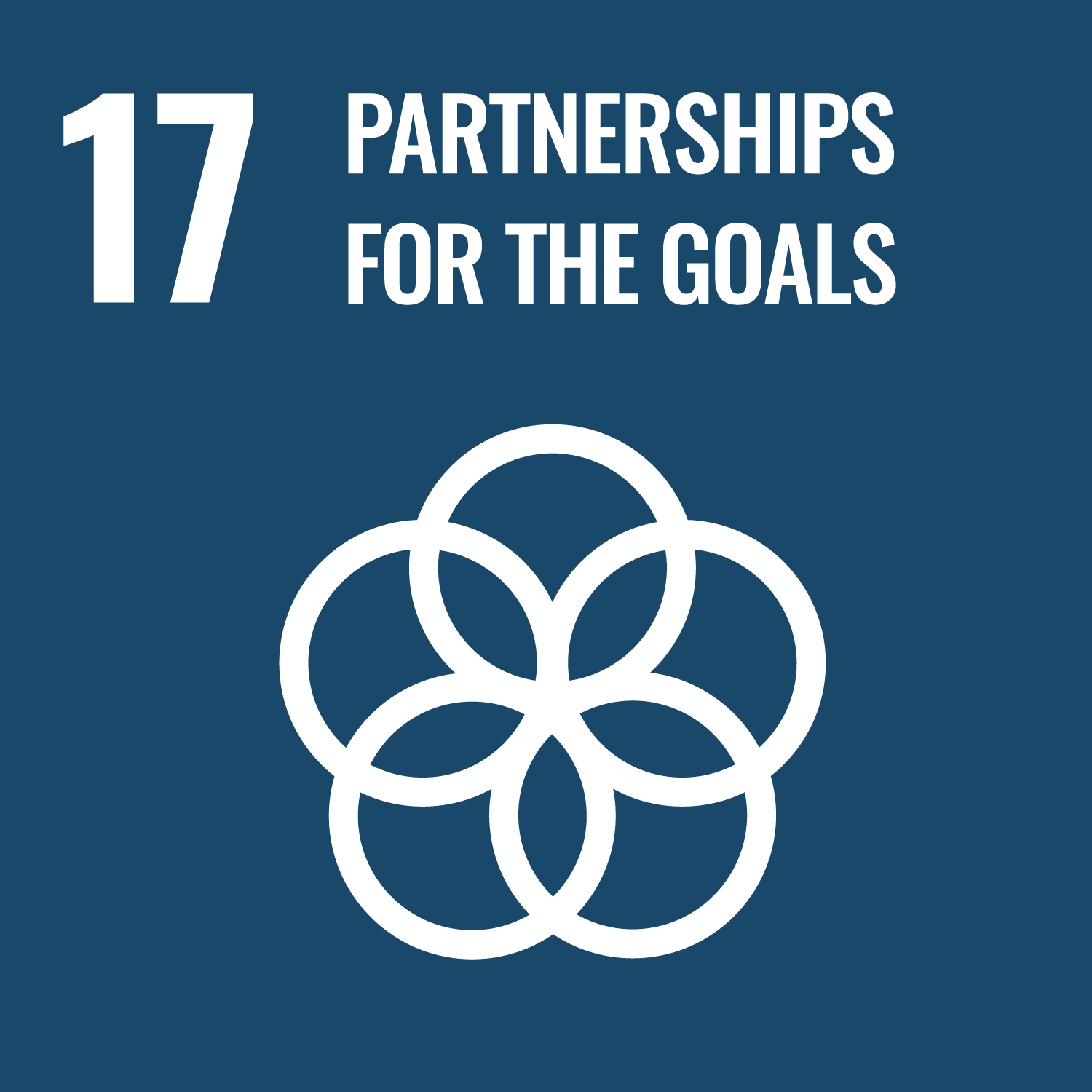
Reflection
This activity helped everyone to care about other people and their feelings. Many displaced children and refugees have left their homes and made long journeys to camps. Is there a difference between physical safety and emotional safety, and what you need for them? Why are safe spaces so important for refugees and displaced children? Save the Children (and other organisations like them) set up safe spaces for children who need them.
This activity also reminded everyone that they’re a citizen. Children have the right to play, to learn, and to be protected from harm. Who’s responsible for making sure children feel safe when they have to leave their home because of conflict? People might think about parents or other family members, other adults in the community, teachers, and the government. Do people think everyone has a responsibility to help children feel safe?
Safety
All activities must be safely managed. You must complete a thorough risk assessment and take appropriate steps to reduce risk. Use the safety checklist to help you plan and risk assess your activity. Always get approval for the activity, and have suitable supervision and an InTouch process.
- Scissors
Supervise young people appropriately when they’re using scissors. Store all sharp objects securely, out of the reach of young people.
- Rubbish and recycling
All items should be clean and suitable for this activity.
Think about the people taking part – if anyone’s had to leave their home because of conflict, you may want to check in with them and their parent or carer first.
When thinking of the situations for ‘Think about safe things’, avoid anything that’s likely to make people feel uncomfortable or upset, for example, if you know anyone struggles at school, don’t use school-based situations.
All Scout activities should be inclusive and accessible.
You could combine this activity with others from ‘Better mental health for all’ or ‘Understanding disability’ to think about what different people might need to feel safe and welcome. Why not invite others to visit your child friendly safe space? You could ask siblings and friends, or even members of a younger section who’ll be moving up soon.
Discover more at https://www.savethechildren.org.uk/

